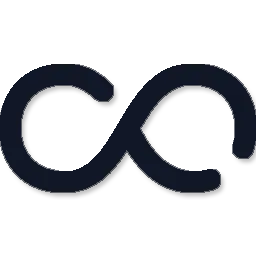From “Everything on my Desktop” to SaaS Mayhem. Why File Management Became a Real Productivity Problem
Remember when file management meant everything lived on your PC? Desktop and a couple static folders. Simple times.
Nowadays small business use an average of 42 SaaS applications. Organizations worldwide average 112 SaaS tools in 2023. Each creates files in its own isolated world—email attachments, project docs, cloud storage, invoicing systems.
The result? Document challenges cause over 21% of organizational productivity loss. That contract you saved last month? Good luck remembering if it’s buried in your CRM, email threads, or some shared Google Drive.
The Real Cost
I’ve felt this pain building Polyfile. A client inquiry starts in email, moves to CRM, generates files in project management tools, creates invoices in accounting software. By project review time, you’re hunting across multiple systems like a digital archaeologist.
Your brain switches contexts constantly. Log into this, search in that, remember which platform has what. The tools meant to make us efficient are making us scattered.
Context Over Chaos
The solution isn’t abandoning specialized tools or returning to desktop. It’s creating unified simple workspace for the context you’re focused on right now—by client, project, or and article. Without duplicating files or re-organizing everything.
This is what we’re building with Polyfile. Instead of replacing existing tools, we create contexts where files from anywhere can live together. Need everything for the Johnson account? One context pulls together emails, contracts, invoices, project files. Working on Q3 launch? Another space consolidates design files, marketing materials, team communications.
The Future is Unified
With 85% of business apps becoming SaaS-based by 2025, the businesses that thrive will master connecting information across their digital ecosystem. Not by using fewer tools, but by organizing them around human workflows instead of software silos.
The evolution continues: from desktop simplicity through SaaS proliferation to context-driven workspaces that finally make our digital tools work as seamlessly as we think.


